- Joined
- Aug 6, 2012
- Messages
- 4,851
- Reaction score
- 5,815
- Location
- near St Louis
- Can others edit my Photos
- Photos OK to edit
How much is too much? I didn't want to go too far and smooth. I noticed the eyes and eye lids are drawn on in the original photo with a black pen or marker. Was this common back then? 1915
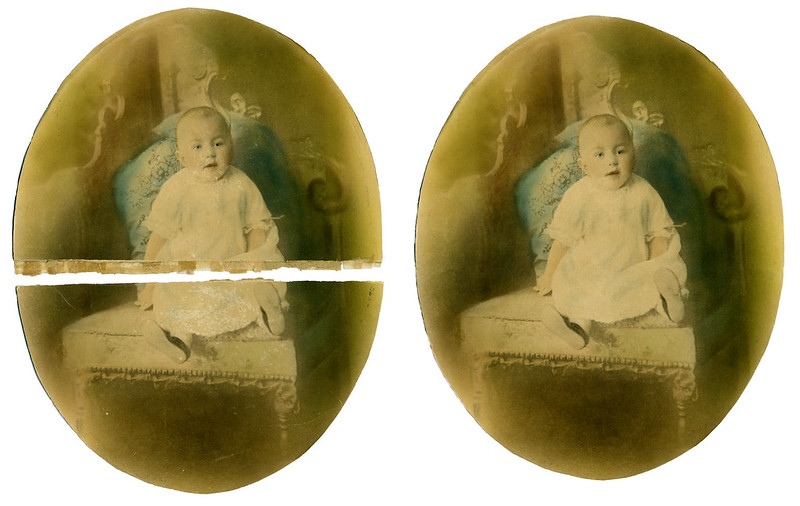 Before & After by Cheryl, on Flickr
Before & After by Cheryl, on Flickr
 Before & After by Cheryl, on Flickr
Before & After by Cheryl, on Flickr


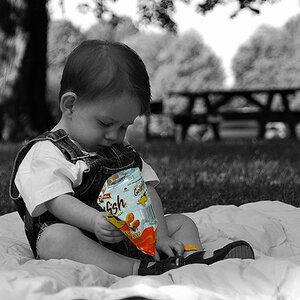
![[No title]](/data/xfmg/thumbnail/42/42056-76026251cb5ebb85b4a4d281d36121d8.jpg?1619739992)
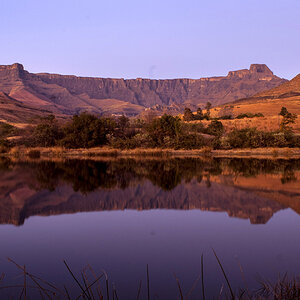
![[No title]](/data/xfmg/thumbnail/42/42060-f597479f8fd78d4bb4d17e7686fb0812.jpg?1619739996)
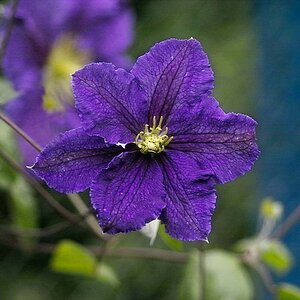
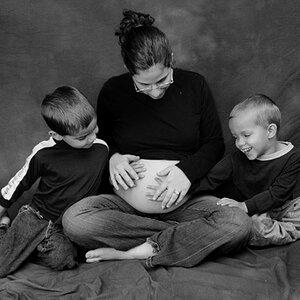

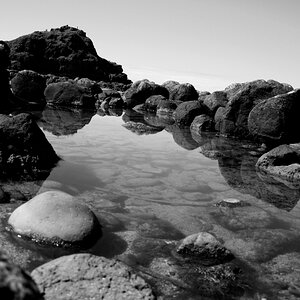
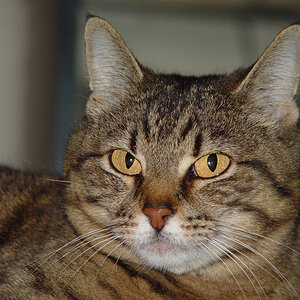
![[No title]](/data/xfmg/thumbnail/36/36657-3774cdd7ebbafa5ccac2741386b9949a.jpg?1619737675)
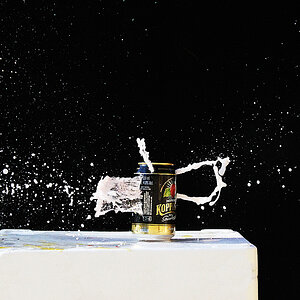
![[No title]](/data/xfmg/thumbnail/39/39497-93752210dd49247220721e5ac8c61245.jpg?1619739055)